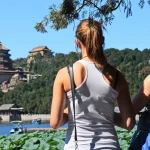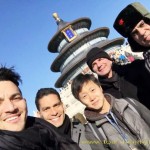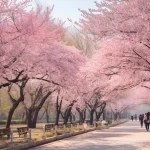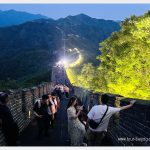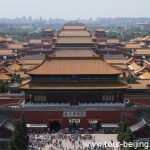How to Visit Huangdi Mausoleum (Tips, Photos & Map)
Are you planning your Xi’an tour? If time allows, you could have a day trip from Xi’an Huangdi Mausoleum (also known as Mausoleum of the Yellow Emperor), which is located just 200km north of Xian. ABCs of Mausoleum of the Yellow Emperor Huangdi, or Yellow Emperor is the legendary ancestor for all Chinese. His ancestral…
